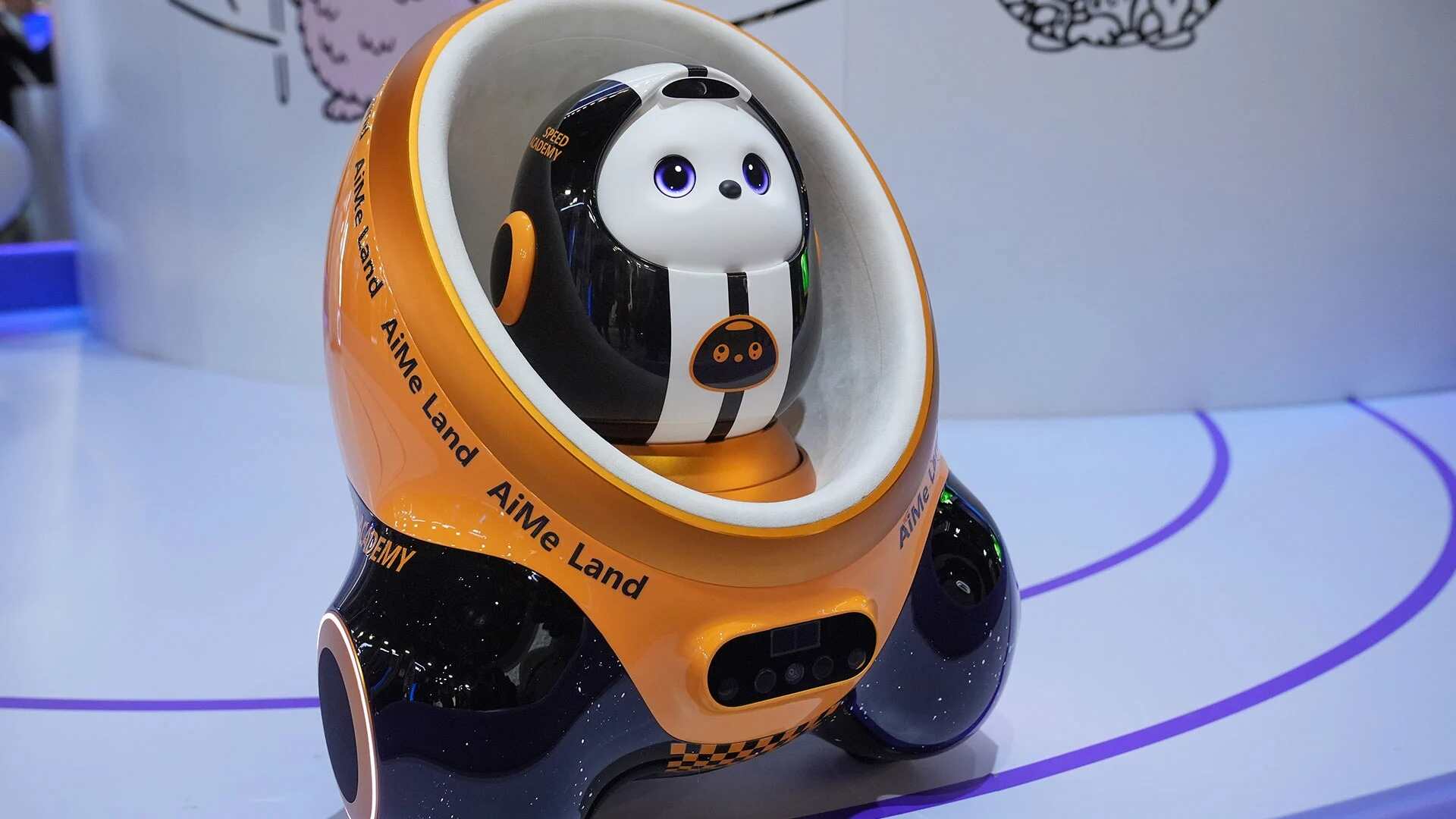- | 9:00 am
Debris is making space travel unsustainable
A new report from the European Space Agency sounds the alarm on the volume of spacecraft and debris in low-Earth orbit.

The number of satellites in low-Earth orbit (LEO) has ballooned in recent years, and the story is the same as in all popular destinations: traffic is a nightmare.
Things have become so congested that the cumulative volume of spacecraft and debris in LEO is unsustainable, the European Space Agency’s (ESA) 2024 Space Environment Report determined. Without the widespread adoption of debris mitigation tactics, the report warns that the future of space travel could be in jeopardy.
CONGESTION ON THE LEO
2023 was a record year for satellite launches, with over 2,800 satellites entering LEO over the course of the year.
- The majority of these satellites joined large commercial communications constellations 500–600 km above Earth.
- Two-thirds of all active satellites now operate in this orbital band, and satellite operators have to work harder to avoid one another.
Add to this traffic jam the vast quantity of debris careening around LEO. Of the 35,000 objects in orbit that are tracked by space surveillance networks, 26,000 are pieces of debris larger than 10 cm, and ESA’s Space Debris Office estimates there are a further 1M pieces of space debris larger than 1 cm.
- These tiny objects can wreak havoc on working satellites, and they force satellite operators to expend limited fuel resources to perform regular avoidance maneuvers.
- In the orbital band between 500-600 km above the earth, ESA estimates that satellites should expect nearly 30 conjunction events—close calls with passing satellites and debris—per year.
DEBRIS MITIGATION
Luckily, orbital debris mitigation efforts are gaining steam.
In 2023, ESA created the Zero Debris Charter to encourage others to become debris-neutral by 2030. So far, the charter has been signed by a dozen countries and over 100 other commercial and non-commercial entities.
The charter seems to be posting real results. The number of payloads deorbiting has increased every year since 2019, and the number of rocket bodies reentering Earth’s orbit has grown steadily since 2017. Last year, more than half of rocket bodies reentering the atmosphere did so in a controlled manner.
Still, ESA maintains that stricter guidelines are needed to stop runaway debris from turning LEO into an impassable band of orbital flotsam. The agency has already set debris mitigation rules for its partners on ESA missions and has awarded an €86M ($93.4M) contract to ClearSpace SA for a mission to demonstrate active debris removal.
This story originally appeared on Payload and is republished here with permission.







































